Written by Jeffrey Wolff, Certified E-Discovery Specialist
Introduction
As we approach the turn of the year, the eDiscovery landscape is also, once again, at a turning point. Data volumes continue to explode, driven in part by new types of data and legal technology solutions. The pandemic forever changed the way we live, work, and communicate, resulting in a diverse and seemingly limitless potential universe of digital evidence.
Looking ahead to 2023, there is no doubt that eDiscovery will be shaped by several key players. Software-as-a-service (SaaS) and cloud-based models are growing at lightning speed and are expected to outpace traditional IT approaches within the next few years. Artificial intelligence (AI) and other legal technologies are, unsurprisingly, proving their worth as critical tools for all types of eDiscovery projects.
Legal professionals are adapting to these changes, finding ways to cut down on costs, time, and energy, not only during and after the review process, but also before it, through diligent information governance, early case assessment, and other proactive solutions.
In this post, we will look at the challenges facing eDiscovery today and forecast the 10 trends that we expect to shape eDiscovery in 2023. Along the way, we’ll offer some advice about how your organization can keep up with – and even get ahead of – the ever-changing eDiscovery landscape before us.
Contents
The trends that are likely to shape eDiscovery in 2023
1. SaaS and cloud-based technologies are on track to overtake on-premise approaches
2. Structured data will gain on unstructured data
3. eDiscovery architectures will become more complex
4. Investment in legal tech will continue to increase
5. Workflow automation will add value by saving time and streamlining eDiscovery
6. Remote and hybrid work models will persist
7. AI will keep changing the framework legal professionals use to manage eDiscovery
8. Automated ECA will be essential for successful in-house eDiscovery
9. Better information governance will lead to better eDiscovery
10. More organizations will adopt an “e2eDiscovery” (end-to-end eDiscovery) approach
Modern legal technology is the solution to the challenges of eDiscovery
eDiscovery professionals face several daunting challenges.
First, law firms and corporate legal departments are being inundated by unthinkably massive amounts of data from a huge range of sources. The sheer volume of data that is now potentially discoverable can seem like an insurmountable obstacle.
Second, that data is of widely varied formats and types. More than two years after the pandemic began, it’s clear that remote and hybrid work models are here to stay. According to a Pew Research Center survey released earlier this year, almost 60% of workers in the U.S. who can work remotely continue to do so, but now by choice rather than necessity. This shift in the workforce brings major consequences for the world of eDiscovery, as remote work has accelerated the adoption of countless collaboration tools and technologies, each of which may generate its own unique format and type of data.
Third, many legal professionals are facing the pressure of shorter deadlines and tighter budgets. Corporate legal departments, in particular, are expected to stick to predetermined budgets no differently than other departments of the business, even though legal projects are notoriously unpredictable and may rapidly spiral into much larger and more complex matters than initially expected.
So, what can we expect next? Let’s explore the trends that will likely shape eDiscovery in the coming year and consider how legal professionals can get ahead of the challenges that are coming their way.
The trends that will shape eDiscovery in 2023
SaaS and cloud-based technologies are on track to overtake on-premise approaches
The legal industry will increasingly turn to SaaS and cloud platforms in 2023 and beyond.
Cloud infrastructures provide two major benefits:
1. The convenience of scalability, which enables the seemingly endless amount of eDiscovery data to be stored in
one place without regard to on-premise capacity limits, and flexible pay-as-you-go structures that eliminate
significant upfront costs, provide predictable monthly fees, and save organizations money over time.
SaaS and cloud solutions are on track to eclipse on-premise IT approaches across all key markets worldwide.
According to Gartner, enterprise IT spending on public cloud computing will surpass spending on traditional IT
by 2025. Gartner predicts that cloud offerings will grow to $655 billion in revenue by 2023, up $111 billion
from 2022.
As it has with many other technological advances, the legal world has lagged behind a bit in shifting to the cloud. However, more law firms are embracing cloud approaches, and those that do are benefiting greatly from them. One Forbes Technology Council member opined that shifting to the cloud and SaaS can lower law firms’ costs by as much as 60 percent.
2. Structured data will gain on unstructured data The majority of data is unstructured. And it’s everywhere. Unstructured data includes everything from Word
documents to digital photos and from Zoom calls to emails and text messages. The common thread is that
unstructured data lacks an identifiable structure or predefined data model, which makes it difficult for
computer programs to efficiently store and manage.
On the other hand, structured data resides in complex applications and relational databases and may be part of
a larger system of interacting and related parts. Think of structured data like the pristine kitchen pantries
you see on home organization shows: each item is neatly categorized, labeled, and contained. Unstructured data,
on the other hand, is more like a messy garage overflowing with all kinds of random stuff that never found a
logical storage spot.
When you think of it like this, it’s easy to see why structured data is advantageous for eDiscovery. Structured data can save organizations precious time, money, and energy, because it’s easy to store, find, and analyze. And as more organizations shift to the cloud-systems that are often based on structured data models-law firms and corporate legal departments will need to be equipped to handle structured data to remain competitive.
3. eDiscovery architectures will become more complex
Document review has changed radically since the days of digging through boxes of paper files. Technological
advances now enable a legal professional to review everything from a single laptop, with no paper required.
However, eDiscovery architectures have evolved yet again, becoming far more complicated with the introduction of
diverse file types generated by chat platforms, collaboration tools, and other apps.
The pandemic had a dramatic effect on normalizing Zoom meetings and other video conference calls, which are often recorded and can be used as discoverable evidence. Thankfully, other technologies, like automated transcription, have kept pace, helping legal professionals find relevant and useful information in far less time and with far less effort.
4. Investment in legal technology will continue to increase
According to Gartner research, 40% of corporate legal departments intend to increase their spending on legal IT
systems or software by at least 10% by 2023. As AI and other legal technology become a standard part of legal
practice and eDiscovery projects, we expect to see these investments grow even more. Fortunately, today’s
advanced technologies enable legal professionals to work more quickly and efficiently, so the return on
investment is generally substantial.
5. Workflow automation will add value by saving time and streamlining eDiscovery
The same Gartner research also predicted that by 2023, a third of corporate legal departments would have a legal
technology expert specifically to support in-house counsel with respect to workflow automation initiatives.
Workflow automation is particularly helpful in eDiscovery. By automating workflows, teams can quickly and
automatically weed out irrelevant data, eliminating the need for many time-consuming manual processes.
Legal teams should be careful to select the workflow template that is the best fit for each project, creating a clear map of who is responsible for each piece of the process and a timeline for each component’s completion. When new projects arise, teams can return to templates that worked well in the past without having to reinvent the wheel.
6. Remote and hybrid work models will persist
The legal industry shifted abruptly and nearly completely to a remote model during the pandemic. Two and a half
years later, the remote and hybrid work models we have today – as well as virtual court proceedings – are
clearly here to stay.
The shift to remote work impacted eDiscovery in two ways. First, of course, it changed where and how eDiscovery
professionals perform their jobs. But it also expanded the amount and types of digital data created by the
remote workforce as the usage of collaboration apps exploded. Microsoft Teams, Zoom, and Slack experienced mind-
boggling growth rates of 3891%, 1788%, and 1073%, respectively, between March and December 2020. In the context
of eDiscovery, that represents an explosion in the amount of new potentially discoverable evidence.
As with other changes we’ve discussed, other tools have kept pace with these changes. Cloud-based discovery is flexible and scalable, such that it can easily accommodate this growth in a way that on-premise installations cannot.
7. AI will continue being an integral and expected part of the eDiscovery process
AI is becoming an integral and expected part of the eDiscovery process. Predictive coding, data analytics, and
overall deeper algorithms enable eDiscovery professionals to work more effectively and efficiently than ever
before.
Law Technology Today described AI’s roles in the eDiscovery process as both a curator that “can recommend
documents for deeper review (much like Netflix recommends a new movie or TV show)” and an orchestrator “learning
from past actions and results and coordinating tasks across multiple channels.”
AI is changing the way legal professionals manage discovery even before the review stage. Modern AI utilizes data mining techniques that can not only drastically reduce the documents sent for review but also extract new keywords and search terms and even identify additional custodians who should be interviewed or placed on legal hold.
8. Automated ECA will be essential for successful in-house eDiscovery
Early case assessment (ECA) is a preliminary, but essential, step in the discovery process. ECA helps legal
teams prepare for litigation in at least two ways. First, it can more accurately predict the cost of a case so
that lawyers and clients can choose the best course of action, whether that’s reaching an early settlement or
pushing on toward trial. Second, it can help teams create realistic legal budgets for the full discovery process
and any ensuing litigation.
Savvy teams will adopt legal technology that can do much of the ECA work for them. Automated ECA is particularly important for corporate law departments, which are increasingly expected to forecast and adhere to their budgets despite the unpredictability of litigation.
Plus, increasingly more popular solutions for ‘in-place search’ of data will allow legal teams to introduce ECA much earlier in the eDiscovery process, thus substantially reducing costs associated with collecting, preserving, and reviewing data.
9. Better information governance will lead to better eDiscovery
Information governance (IG) lays the foundation for an organization’s understanding and control of its
information. Legal technology can provide organizations with a consistent and systematic approach to IG,
resulting in more efficient and effective eDiscovery.In-place search solutions – in particular – will be able to
assist legal teams in creating a better overview of their data and its sources in an instance.
One of such solutions is Live early data assessment (Live EDA), which represents a new approach to IG, ECA, and eDiscovery. As an in-place search solution, Live EDA can target and analyze relevant data live, without actually collecting it. This helps legal teams save significant time by expediting the document review process and saves the cost of collecting and storing data. It also creates a content index that “serves as a data map with information on where data is, why it’s there, how long it’s been there, and who has access to read and modify it.” This detailed insight helps legal teams discern the truth of matters quickly and efficiently, providing a jump-start for both internal investigations and eDiscovery.
Organizations should bear in mind that IG is not merely the first step in data management – it is an integral part of the entire eDiscovery process. IG policies regarding workflows, data privacy, disaster recovery, and more can be implicated at any time in the process of creating and managing data.
10. More organizations will adopt an “e2eDiscovery” (end-to-end eDiscovery) approach
The emphasis on a holistic view of IG aligns with our final trend: adoption of an “e2eDiscovery” or end-to-end
eDiscovery approach that provides bundled solutions to support a project from beginning to end. This approach,
which is being used more and more by legal professionals, ensures continuity throughout the entire process.
For law firms, e2eDiscovery solutions are attractive because they entail working with vendors who are strategic partners, matching the reliability and dedication that the firm would expect from its own people. For corporations, e2eDiscovery makes sense because it offers simplicity and predictability by bundling what otherwise would be multiple vendors, billing agreements, and points of contact into a one-stop shop.
In short, e2eDiscovery solutions can cut costs and give legal professionals a trusted partner and system that they can work with time and time again.
Modern legal technology is the solution to most pressing eDiscovery challenges.
As we head toward 2023, it’s clear that eDiscovery is more complex than ever before. However, rapidly evolving technologies can support legal professionals in overcoming these new challenges.
Which of these trends has your law firm or corporate legal department already investigated?
Have you adopted the tools you’ll need to respond to these and other developments?
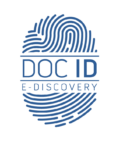


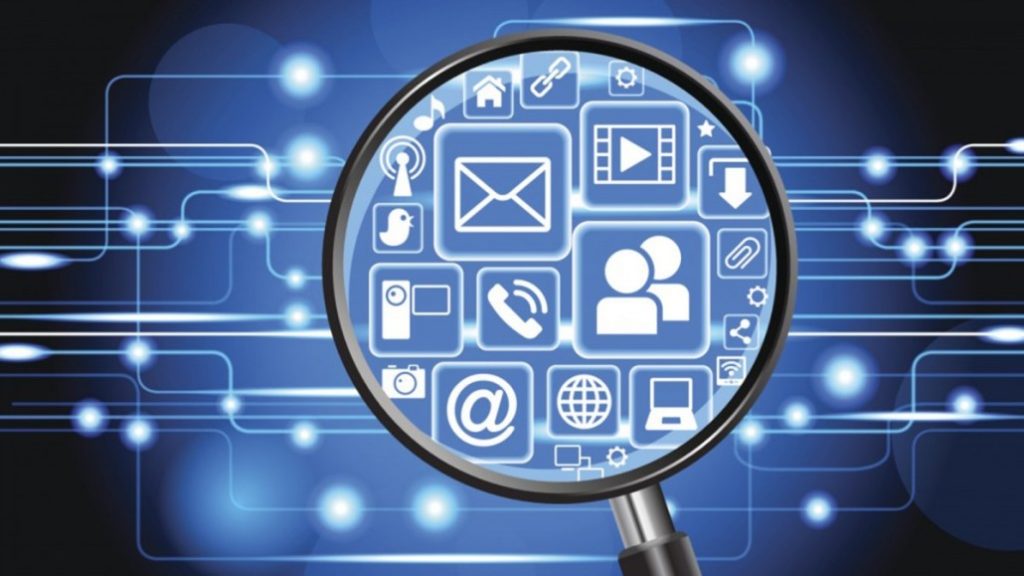

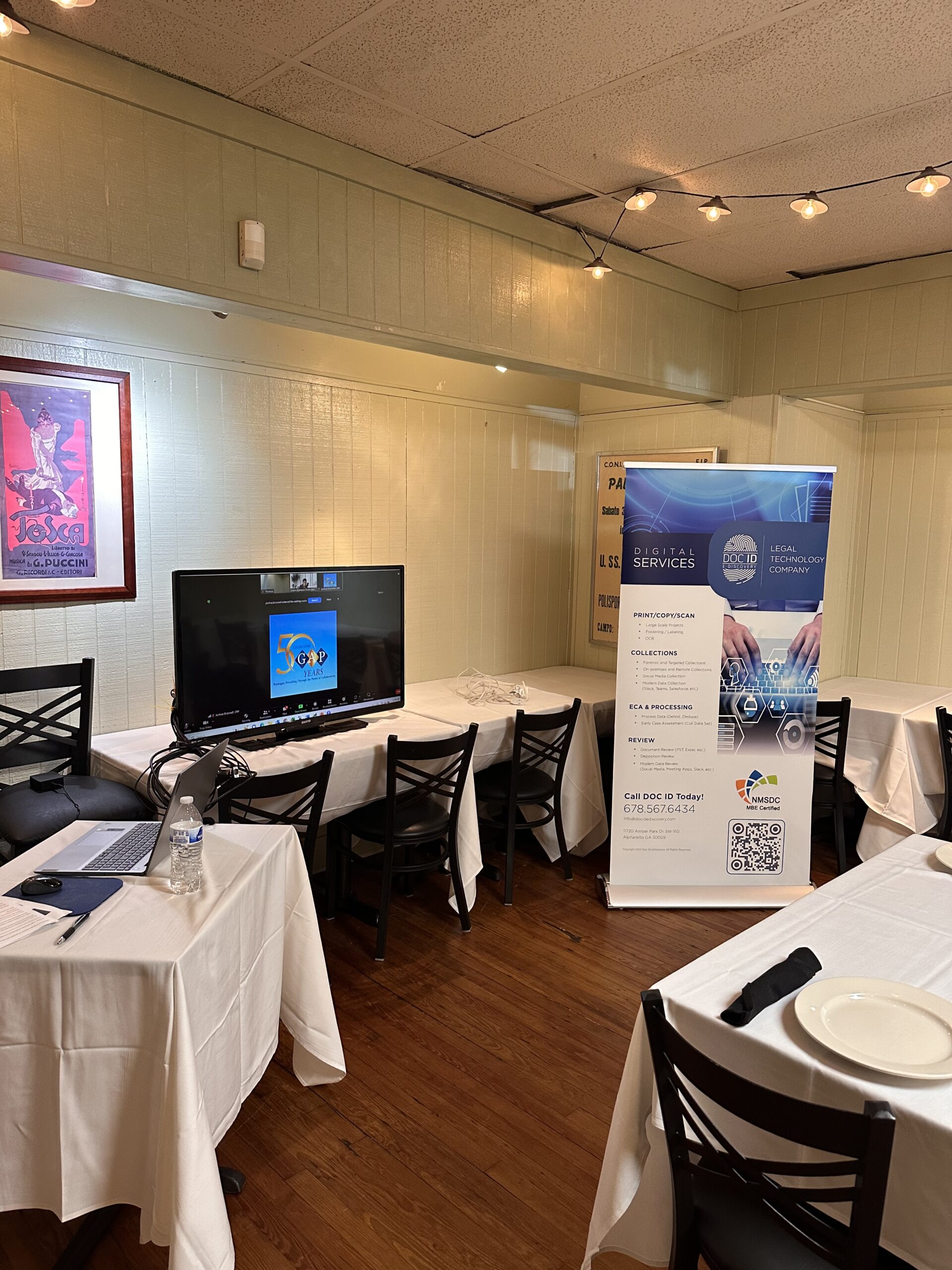
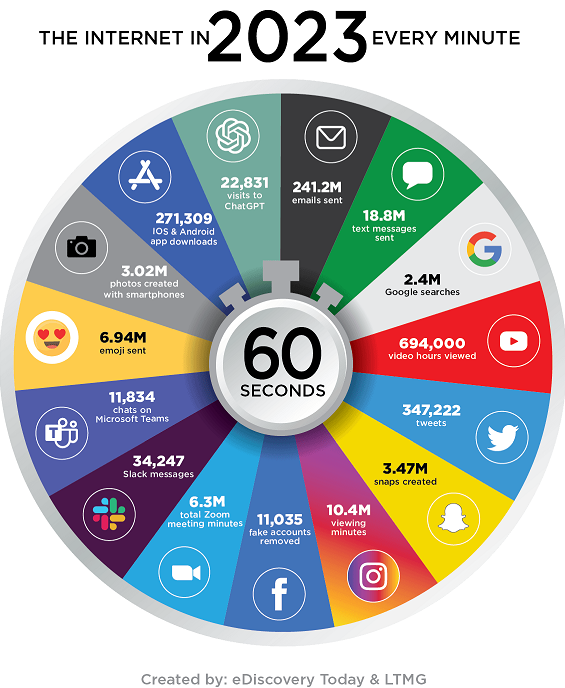
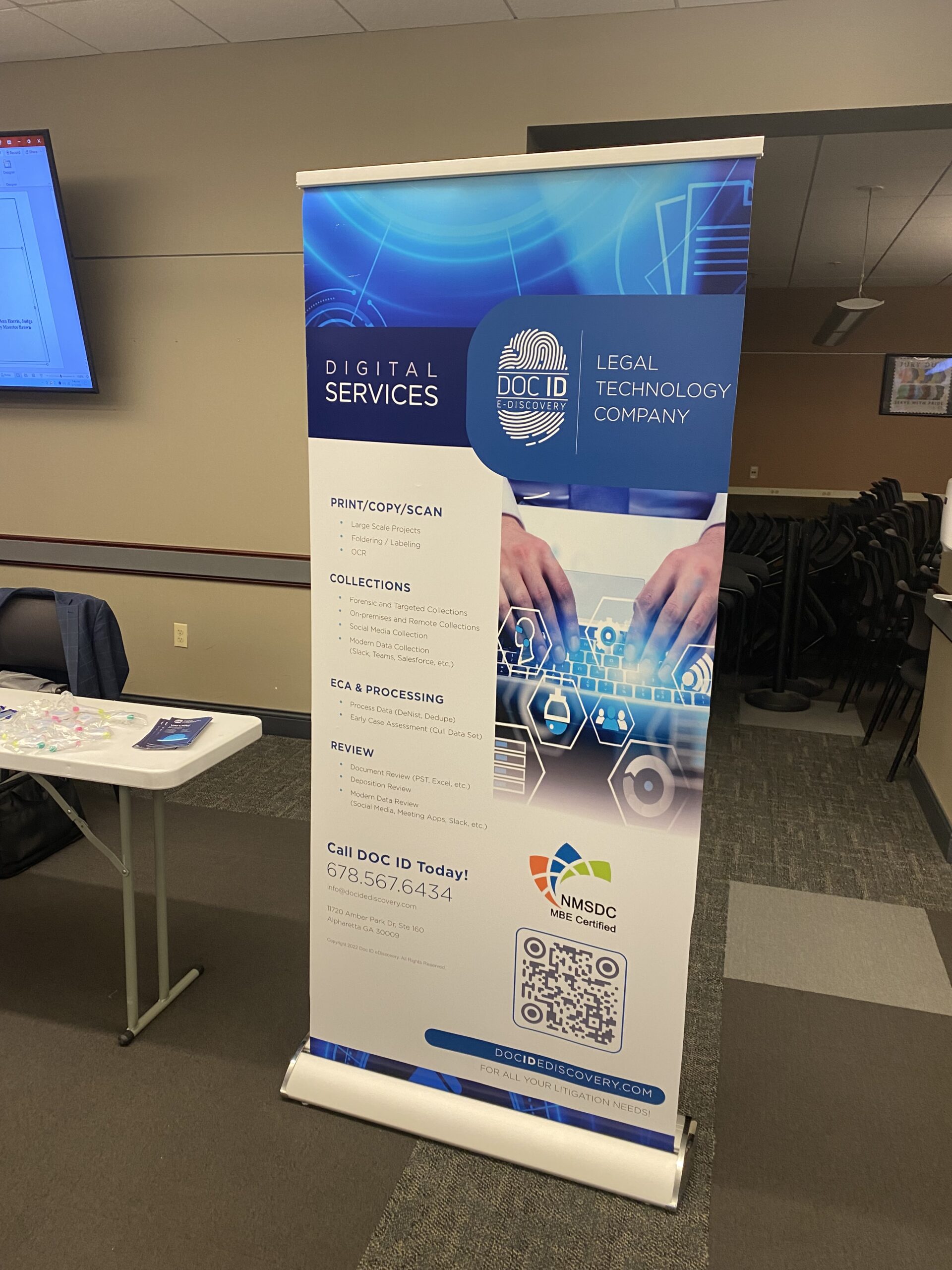
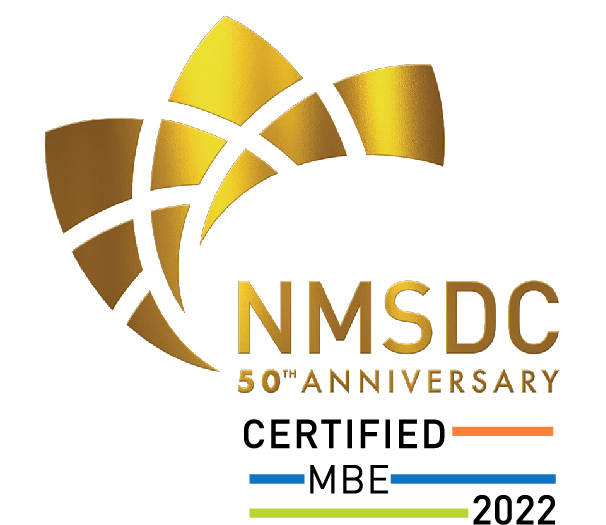
Leave A Comment